LOCKED OUT OF R2R
Mid-harvest is the worst time for an equipment failure, but that is what happened to Hannah Konschuh as she combined wheat on her family’s farm east of Strathmore last year.
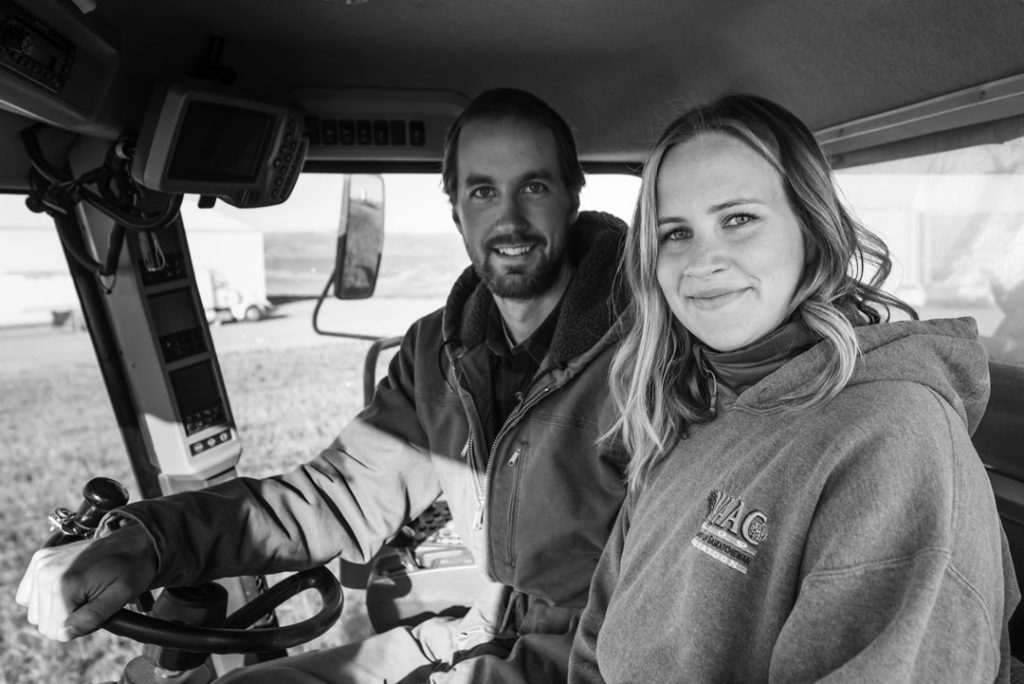
Mid-harvest is the worst time for an equipment failure, but that is what happened to Hannah Konschuh as she combined wheat on her family’s farm east of Strathmore last year.
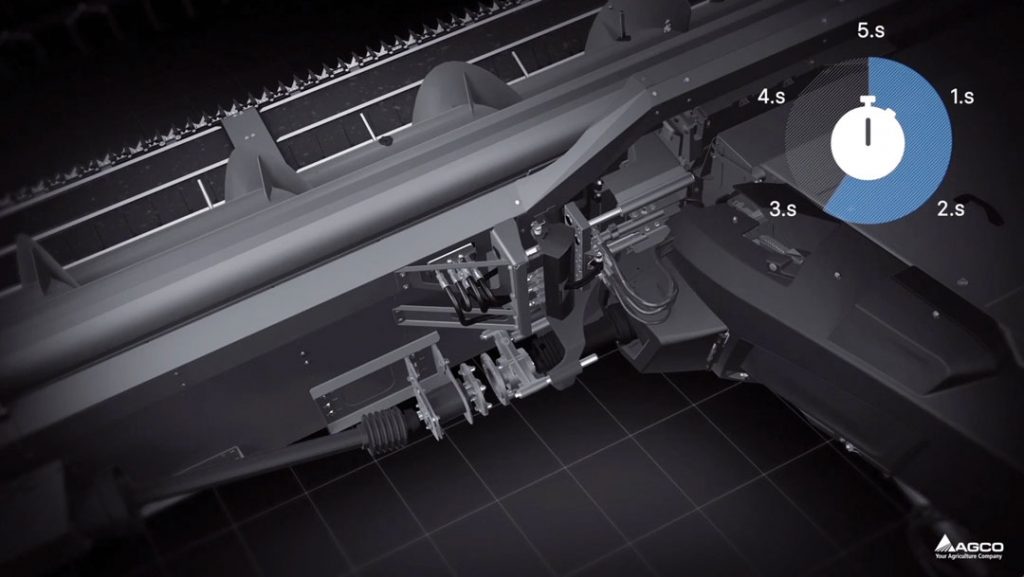
Robot vehicles and handheld crop sensors are not tomorrow’s dreams, they are agriculture’s here and now. And while such digital, high-tech innovations are available to farmers and crop researchers, agriculture is a physical pursuit that also benefits from advances in hardware engineering. The following new and improved gear represents a wide array of technological innovation on both digital and mechanical fronts.

The associate vice-president of applied research at Olds College, Joy Agnew co-leads the development of the school’s Smart Ag Ecosystem, a collection of programs and resources that includes its Smart Farm. She describes the school’s farm program as a “one-stop-shop innovation ecosystem.” While it is comprised of academic programs that provide students with practical, hands-on experience at the cutting edge of contemporary farming, the Smart Ag Ecosystem is also a vibrant research department. In recognition of her industry research and leadership of the college’s programming, Agnew was recently recognized as a Top 50 Innovator in Canadian Agriculture by Canadian Western Agribition.

Canada is known the world over as a satellite system innovator. Though the most-hyped low Earth orbit (LEO) satellite array now in deployment is the American SpaceX Starlink, Canada’s own Telesat Lightspeed will be launched with rural and remote internet users in mind. Lightspeed’s “fibre-like connectivity” will be licensed to broadband internet providers such as Bell, Rogers and Telus that would in turn supply service to farm and rural customers. These will be 4G LTE or 5G networks.

The Western Grain Elevator Association (WGEA) has called for change to the way Canadian ports are governed. The organization represents grain companies that move 95 per cent of Canadian grain exports. Aimed primarily at the Port of Vancouver, the WGEA claims all ports lack accountability and grain terminals do not have adequate means to dispute their actions.
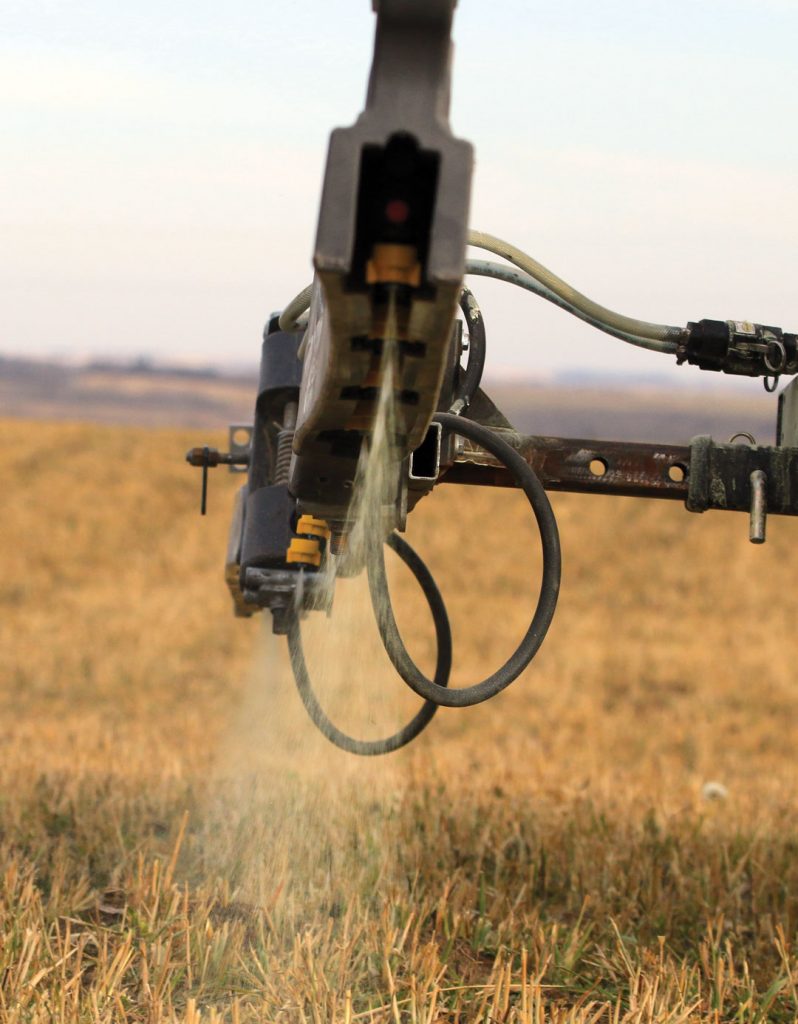
A group of business development organizations has launched a mentorship program in Alberta to assist innovative agriculture technology and agri-food ventures. The Alberta Yield: Ag and Food Tech Advisory Program is intended to guide tech-based entrepreneurs as they establish their businesses, locate funding and expand.
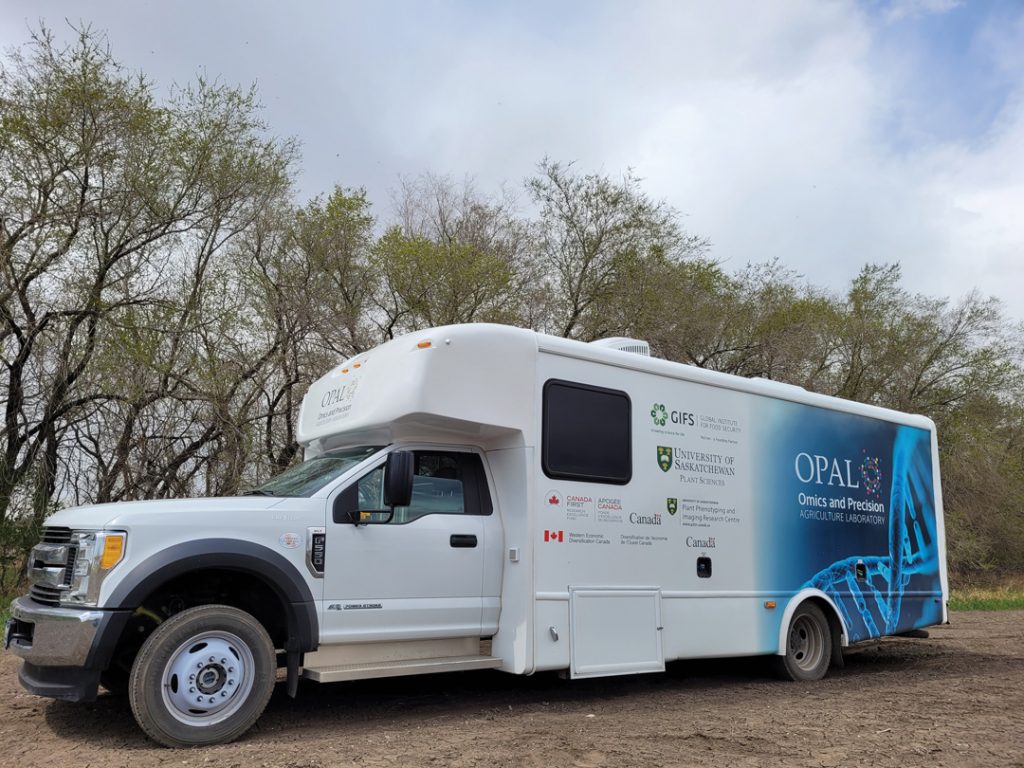
Launched in January, 2021, the Omics and Precision Agriculture Laboratory (OPAL) is the only biotechnology facility of its kind in the country. Created with funding provided by Western Economic Diversification Canada, it is led by the Global Institute for Food Security (GIFS) at the University of Saskatchewan (USask). The facility was founded in 2019 as a partnership between the National Research Council of Canada (NRC), Agriculture and Agri-Food Canada (AAFC) and USask.
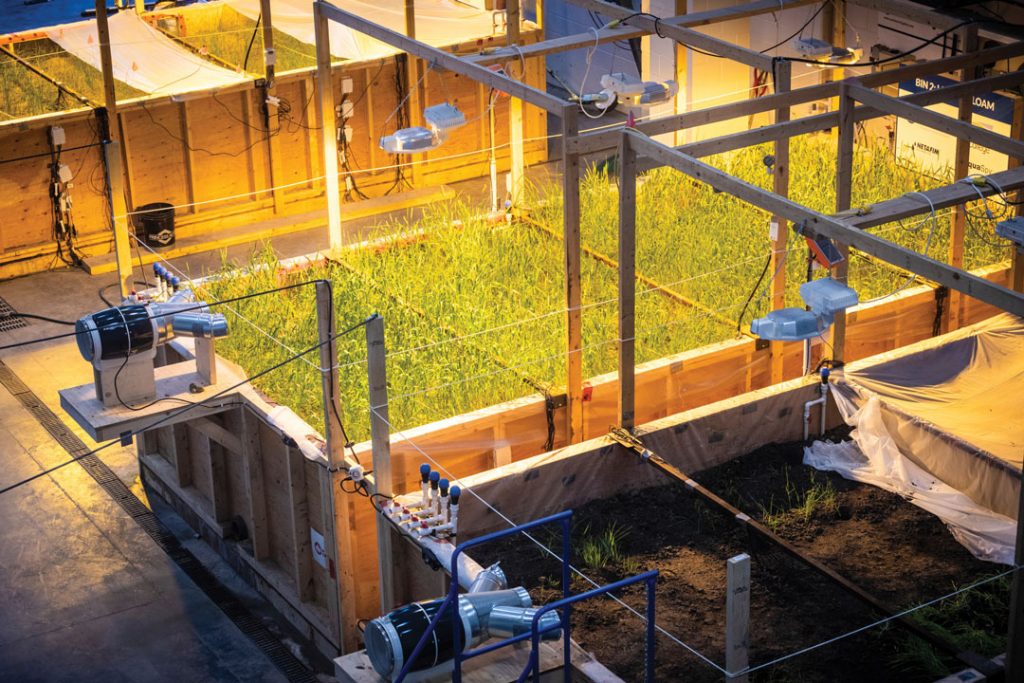
The newly launchedIntegrated Agriculture Technology Centre (IATC) at Lethbridge College uses the school’s applied research expertise to advance innovative ag-tech ideas. Funded by a five-year, $1.75 million Natural Sciences and Engineering Research Council grant received in April of 2020, it works with small- and medium-sized agribusinesses to take their products, processes and services to market. With this technology access centre [TAC] grant, the centre helps such entrepreneurs conduct research, test their products and boost productivity. In its first year of operation, the centre assisted 18 companies to secure more than $500,000 worth of external funding, which includes grants and cash from private investors.